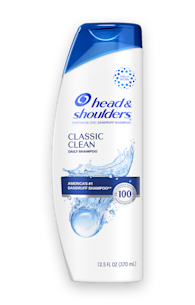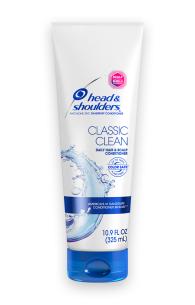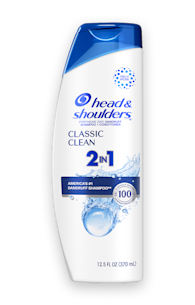IS THERE A LINK BETWEEN DANDRUFF AND HEAD LICE?

Dandruff and head lice seem like they might have a lot in common: itchy head, irritated scalp and white objects in the hair. But is there a link?
The simple truth is that no, there is no link between dandruff and head lice. Neither influences the other, or is caused by the other.
To explain why, let’s look at each problem by itself.
What causes dandruff
Dandruff is caused by a yeast-like fungus called malassezia. We all have malassezia on our heads, but it only causes problems in some of us.
The reason for this is down to the way that malassezia survives: it feeds off the natural oils on our scalps. Malassezia digests the oil, and leaves behind oleic acid. This is the true cause of dandruff.
Those who suffer from the condition are really suffering from a sensitivity to oleic acid. When this happens, symptoms include:
An itchy, dry scalp
Flakes of white or yellow skin on the scalp and hair
Red patches of skin on the scalp
Dealing with dandruff is as simple as using an effective dandruff shampoo daily for two weeks, and two to three times a week thereafter to keep it away.
What are head lice?
Head lice are a very different beast to dandruff – literally. These small parasitic creatures (similar to fleas) feed on human blood.
There are a couple of ways to tell if you have head lice:
An itchy, irritated scalp
Lice eggs (“nits”) attached to the hair fiber show up as small white bumps on the hair
Head lice tend to congregate behind the ears and on the back of the neck
Red itchy bite marks
Unlike dandruff, head lice cause itching by actually biting you. When they feed on your blood, they secrete saliva that causes a reaction in humans. This is the cause of your itching.
Unfortunately, they’re also a bit more difficult to get rid of.
Treating head lice
Dandruff shampoos use active ingredients like zinc pyrithione; it helps to block the scalp irritants that cause dandruff.
Head lice, by contrast, need a more intensive solution that’s targeted to kill the lice themselves.
To get rid of head lice, you need to simultaneously tackle both the hatched lice, and the nits attached to the hair.
This is done first by using an over-the-counter pediculicide, which kills the hatched lice. Then you’ll need to use a special fine-tooth lice comb to get rid of the eggs.
This process needs to be repeated through the normal lifecycle of the head lice in order to make sure you get them all – which means it can take up to four weeks to get rid of the little critters.







